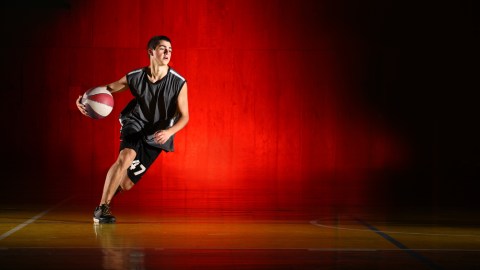How the NBA Can Become a Biometrics Battlefield

ESPN The Magazine writers Pablo S. Torre and Tom Habserstroh have a terrific article on the NBA and biometrics appearing in print later this month. Luckily, it’s available for all to read right now over at ABC. It’s chock full of fascinating information about how newly evolved technologies and data collection tactics have rapidly invaded basketball (as well as other sports), ruffling quite a few feathers along the way.
The NBA is a unique biometrics battlefield because no other major professional league has as much invested in technology as it does. It may be surprising to learn that one in three majority owners of NBA franchises made their fortunes in the tech industry. Now those same executives are taking the strategies that paid such massive dividends before and re-applying them to the business of basketball. As Torre and Haberstroh explain, these new approaches aren’t going to sit well with everyone:
“But what might come as a surprise is how significant that explosion has been, and how far its blast radius might soon reach. The literary specter haunting sports’ burgeoning Information Age is no longer Michael Lewis and Moneyball but George Orwell and 1984.”
The authors suspect the NBA Players Association will soon fight back against team directives to monitor players’ personal activity. It’s one thing to track them while they’re on the court. It’s a whole other to keep tabs on them at home or when they go out. But NBA executives aren’t waiting for the Players Association’s permission to invest in items such as wearable GPS systems:
“To front offices, the upside of such devices is rather obvious: Players, like Formula One cars, are luxury machines that perform best if vigilantly monitored, regulated and rested.”
Read the article (linked below) and let us know what you think.
Read more at ABC
Photo credit: S.Pytel / Shutterstock





